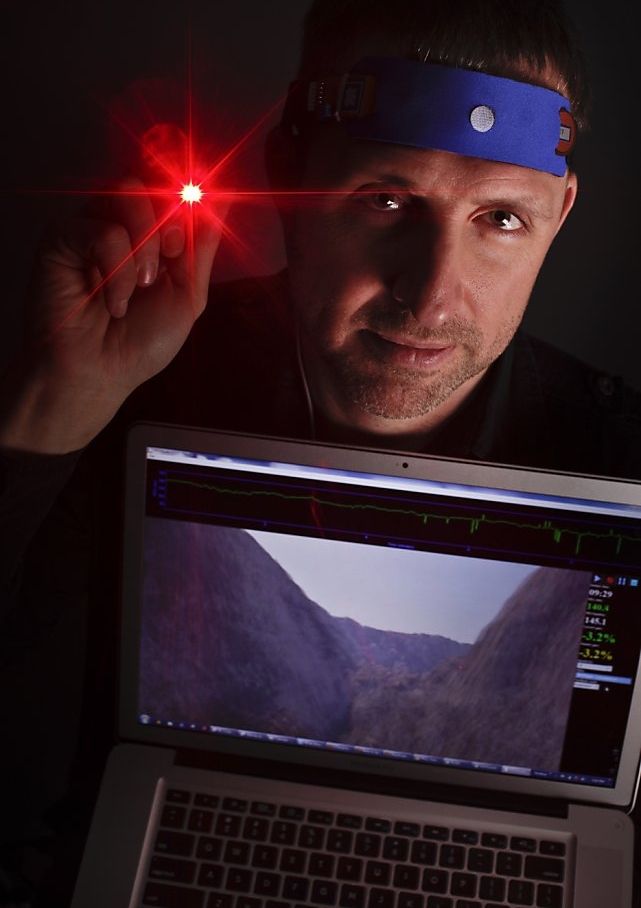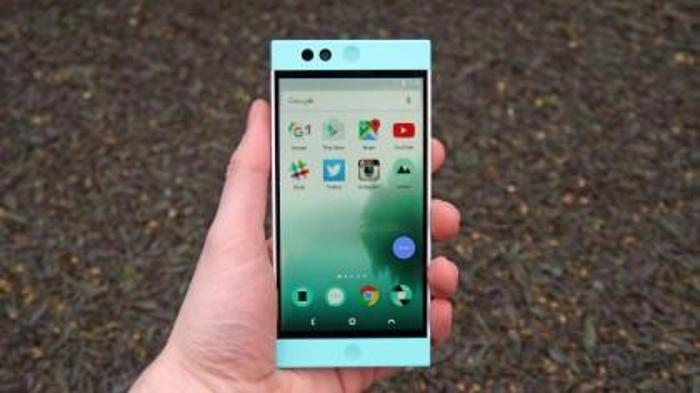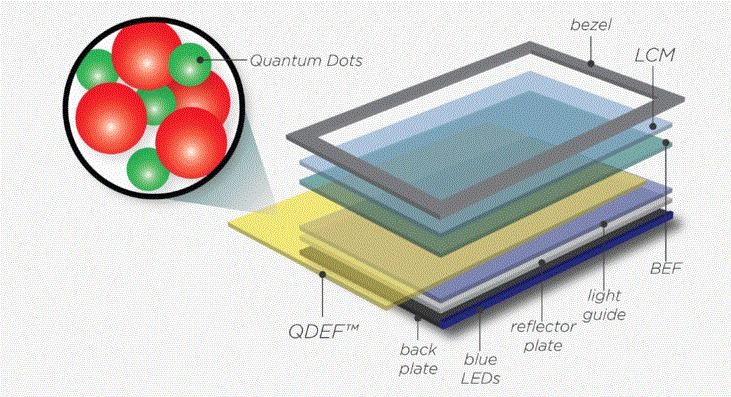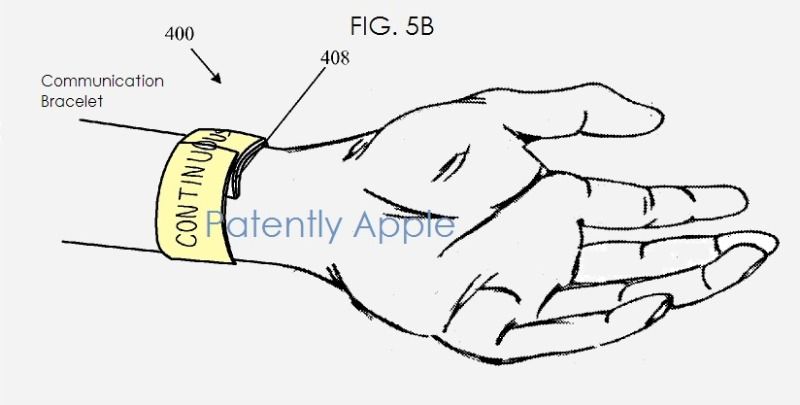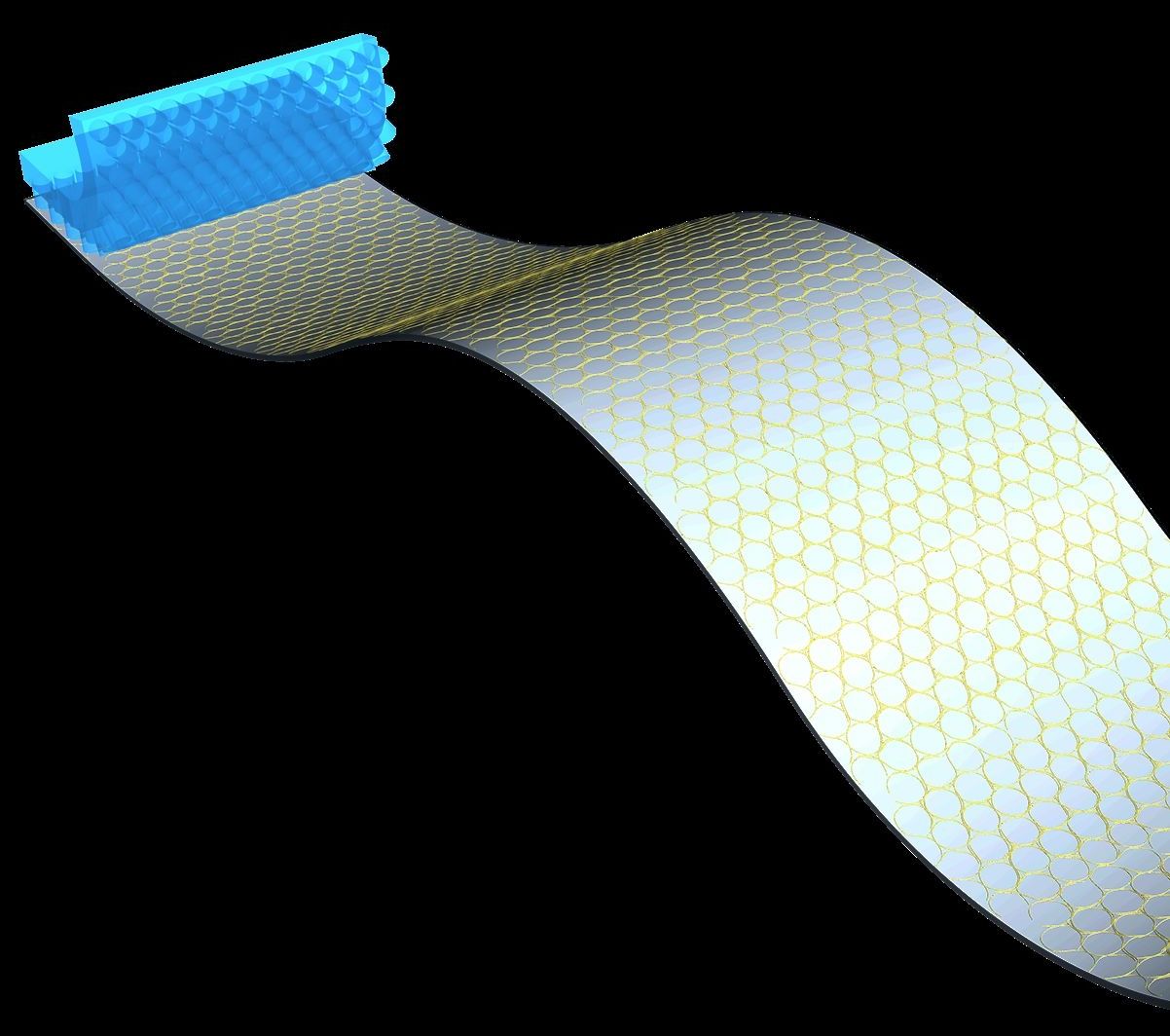Jul 31, 2016
Texting pedestrians exhibit “zombie-like” behaviour, say Montreal researchers
Posted by Karen Hurst in categories: mobile phones, neuroscience
Zombies and texting.
A new study presented by researchers from the Tech3Lab at HEC Montreal, along with the University of Montreal’s Department of Psychology and the Centre hospitalier Notre-Dame has found that “Texting while walking is a widespread and dangerous behaviour.”
In a research presentation called “Mobile Multitasking Distraction: A Pilot Study with Intracranial Electroencephalography”, researchers attempted to determine which neural circuitry is implicated in the act of texting while walking, with the aim of helping to develop future methods of mitigating “this dangerous habit” and perhaps to “assist the development of mobile applications aiming directly at the neural circuitry”.
Continue reading “Texting pedestrians exhibit ‘zombie-like’ behaviour, say Montreal researchers” »


